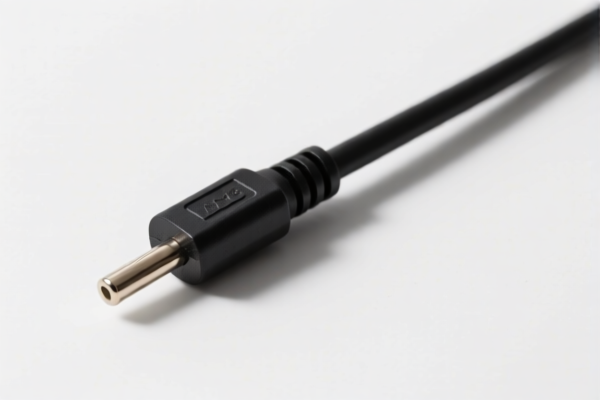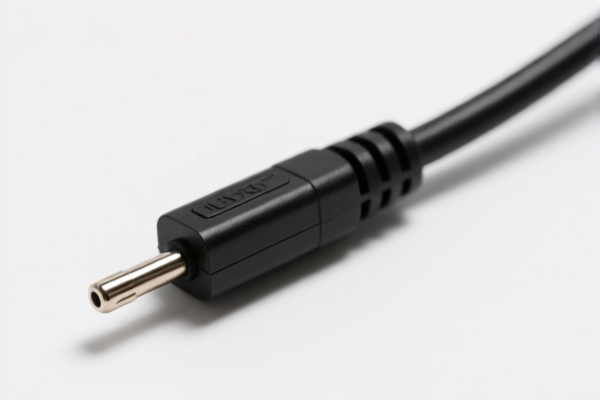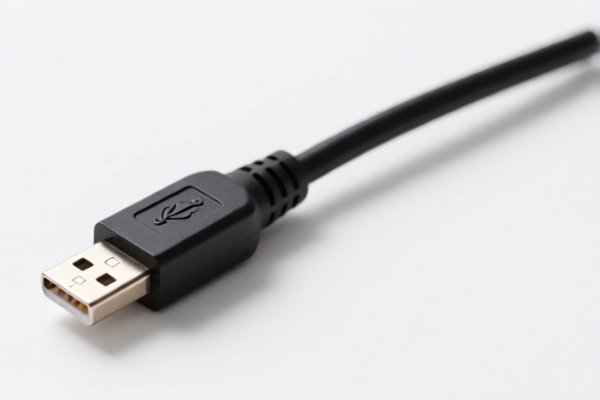| HS Code | Official Doc | Tariff Rate | Origin | Destination | Effective Date |
|---|---|---|---|---|---|
| 8544200000 | Doc | 60.3% | CN | US | 2025-05-12 |
| 9001100030 | Doc | 61.7% | CN | US | 2025-05-12 |
| 9001100085 | Doc | 61.7% | CN | US | 2025-05-12 |




HDTV Cable
An HDTV cable (High-Definition Television cable) is a physical interface used to carry high-definition video and audio signals between a source device (such as a cable box, Blu-ray player, or gaming console) and a display device (such as a television or monitor). It is commonly used to achieve higher picture and sound quality than standard-definition cables.
Material
HDTV cables are primarily composed of the following materials:
- Conductors: Typically copper, sometimes silver-plated copper, to transmit the signal. Higher purity copper generally offers better signal transmission.
- Insulation: Dielectric materials (often foam polyethylene) surrounding the conductors to prevent signal interference and loss.
- Shielding: Layers of metallic shielding (aluminum foil, braided copper) to protect the signal from electromagnetic interference (EMI) and radio frequency interference (RFI). Better shielding reduces noise and improves signal clarity.
- Connectors: Typically gold-plated to resist corrosion and ensure a reliable connection.
- Outer Jacket: A protective plastic coating (PVC or similar) to provide durability and flexibility.
Purpose
The primary purpose of an HDTV cable is to transmit uncompressed digital signals for high-definition video and audio. This enables the display of sharper images, more vibrant colors, and higher-quality sound compared to analog connections.
Function
HDTV cables function by transferring data using a digital signal. The cable carries data packets representing video and audio information. The cable transmits the signal via multiple conductors, with shielding preventing interference. The receiving device decodes the signal and renders it as an image and sound.
Usage Scenarios
- Connecting cable boxes/satellite receivers to televisions: The most common application.
- Connecting Blu-ray/DVD players to televisions: Enables high-definition playback.
- Connecting gaming consoles to televisions: Supports high-resolution gaming and audio.
- Connecting computers to televisions/monitors: Allows for displaying computer content on a larger screen.
- Connecting streaming devices (Roku, Apple TV, etc.) to televisions.
Common Types
The most common types of HDTV cables are differentiated by their connector type and capabilities:
- HDMI (High-Definition Multimedia Interface): The most prevalent type currently. HDMI cables carry both video and audio signals digitally. Different HDMI versions exist (e.g., HDMI 1.4, HDMI 2.0, HDMI 2.1) with varying bandwidths and support for features like 4K resolution, HDR (High Dynamic Range), and eARC (enhanced Audio Return Channel).
- DisplayPort: Commonly found on computers and monitors. Similar to HDMI in functionality, it supports high resolutions and refresh rates.
- Component Video (YPbPr): An older analog standard using three separate cables for video signals (Y for luminance, Pb and Pr for color difference). Requires separate audio cables. Less common now due to the prevalence of HDMI.
- Composite Video (RCA): An older analog standard using a single cable for video and typically two cables for audio. Provides the lowest picture quality. Rarely used for HDTV.
- DVI (Digital Visual Interface): An older digital standard primarily used for computer monitors. Can transmit digital video signals, but does not carry audio. Requires separate audio cables.
HDTV cable typically refers to a coaxial cable used for transmitting high-definition television signals.
Here are the relevant HS codes based on the provided reference material:
-
8544200000: This HS code covers insulated (including enameled or anodized) wire, cable (including coaxial cable) and other insulated electric conductors, whether or not fitted with connectors. Specifically, it includes coaxial cable and other coaxial electric conductors.
- 85: Electrical machinery and equipment and parts thereof; sound recording or reproducing apparatus, television-image multiplier tubes, klystrons, magnetrons and like tubes.
- 44: Electric conductors, insulated (including enamel or covered wire).
- 200000: Coaxial cable and other coaxial electric conductors.
-
9001100030: This HS code covers optical fibers, optical fiber bundles and cables, specifically Optical fibers for transmission of voice, data or video communications. While HDTV cables are typically coaxial, it's important to consider if the cable incorporates optical fiber elements for data transmission alongside the video signal.
- 90: Optical, photographic, cinematographic, measuring, checking, precision, medical or surgical instruments and apparatus; parts and accessories thereof.
- 01: Optical fibers and optical fiber bundles and cables.
- 100030: Optical fibers for transmission of voice, data or video communications.
-
9001100085: This HS code covers optical fiber bundles and cables, specifically 'Other' types. If the HDTV cable is a specialized optical fiber cable not specifically for voice, data, or video communications, this code may apply.
- 90: Optical, photographic, cinematographic, measuring, checking, precision, medical or surgical instruments and apparatus; parts and accessories thereof.
- 01: Optical fibers and optical fiber bundles and cables.
- 100085: Other optical fiber bundles and cables.
Regarding HS code 8544200000, the total tax rate is 60.3%, comprised of a 5.3% base tariff and a 25.0% additional tariff, increasing to 30.0% after April 2, 2025.
Regarding HS codes 9001100030 and 9001100085, the total tax rate is 61.7%, comprised of a 6.7% base tariff and a 25.0% additional tariff, increasing to 30.0% after April 2, 2025.
Customer Reviews
I was impressed with how clearly the HS code and tariff information was presented. Very easy to understand.
The content was good, but I wish there were more examples of how to apply the tariff rates in real scenarios.
The page had all the necessary info on exporting plastic doors to the US. Saved me a lot of time.
I found the information on the HS code for plastic doors very helpful, though I had to double-check a couple of details.
Great breakdown of the trade details for plastic builder’s doors. Exactly what I needed for my import project.